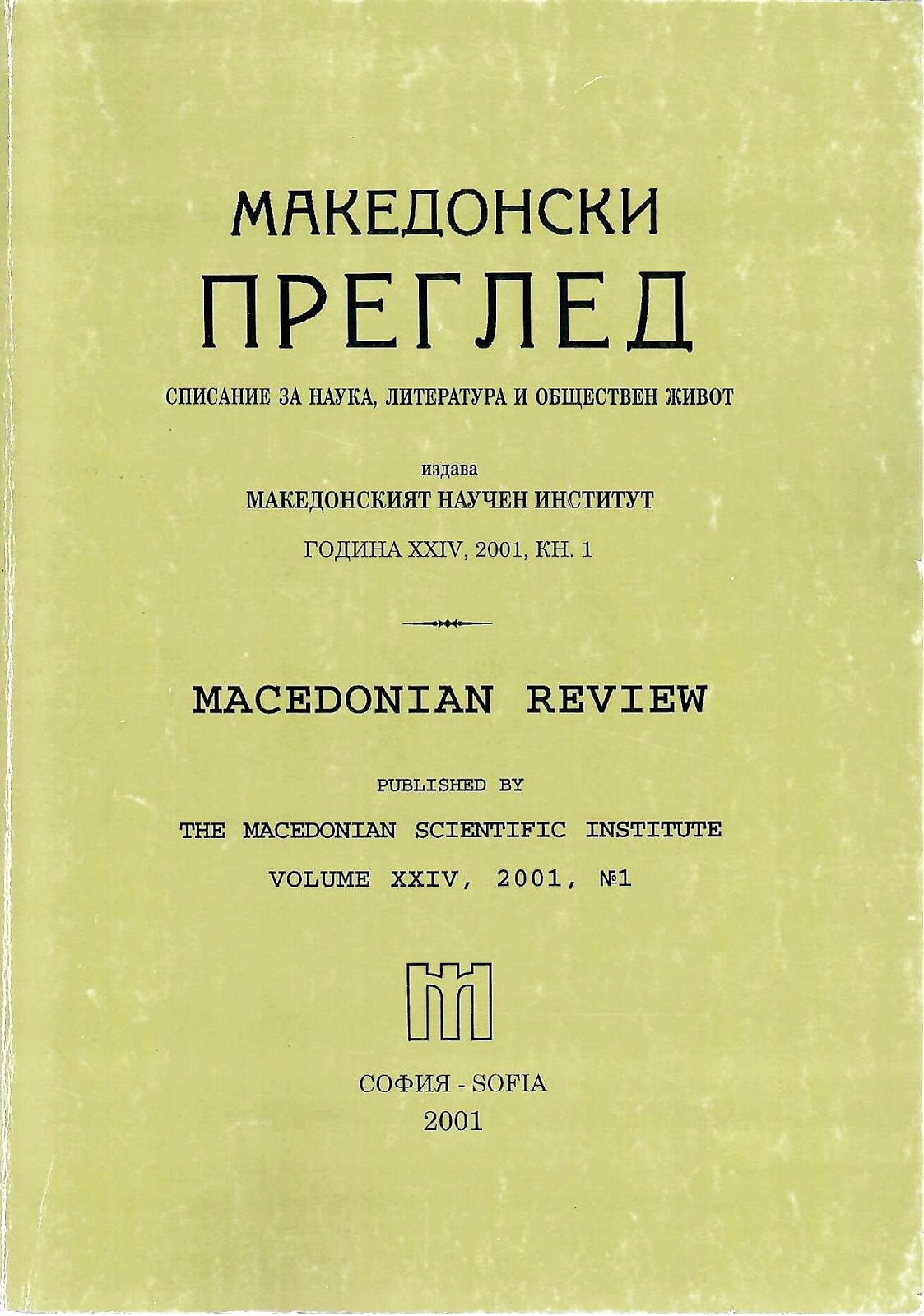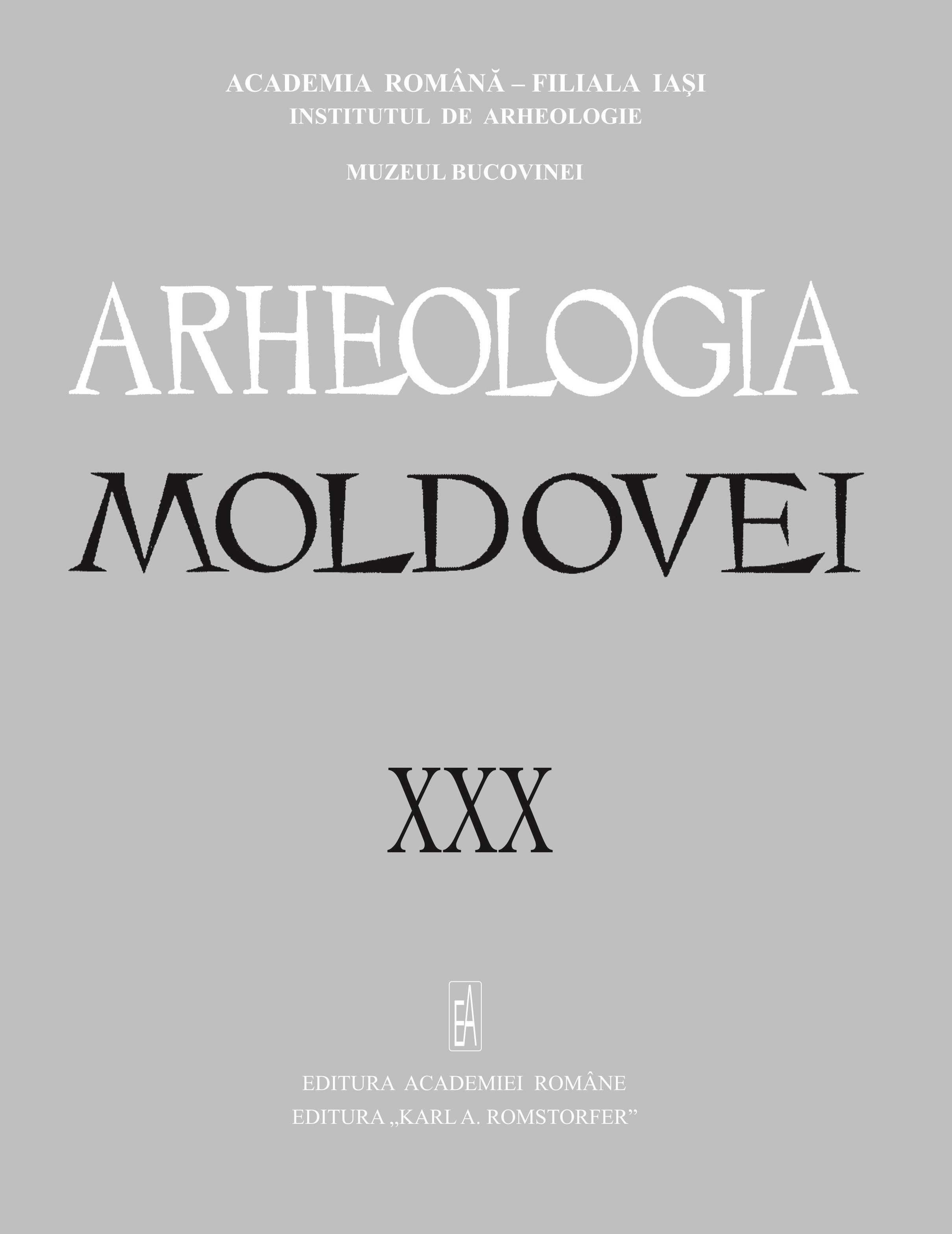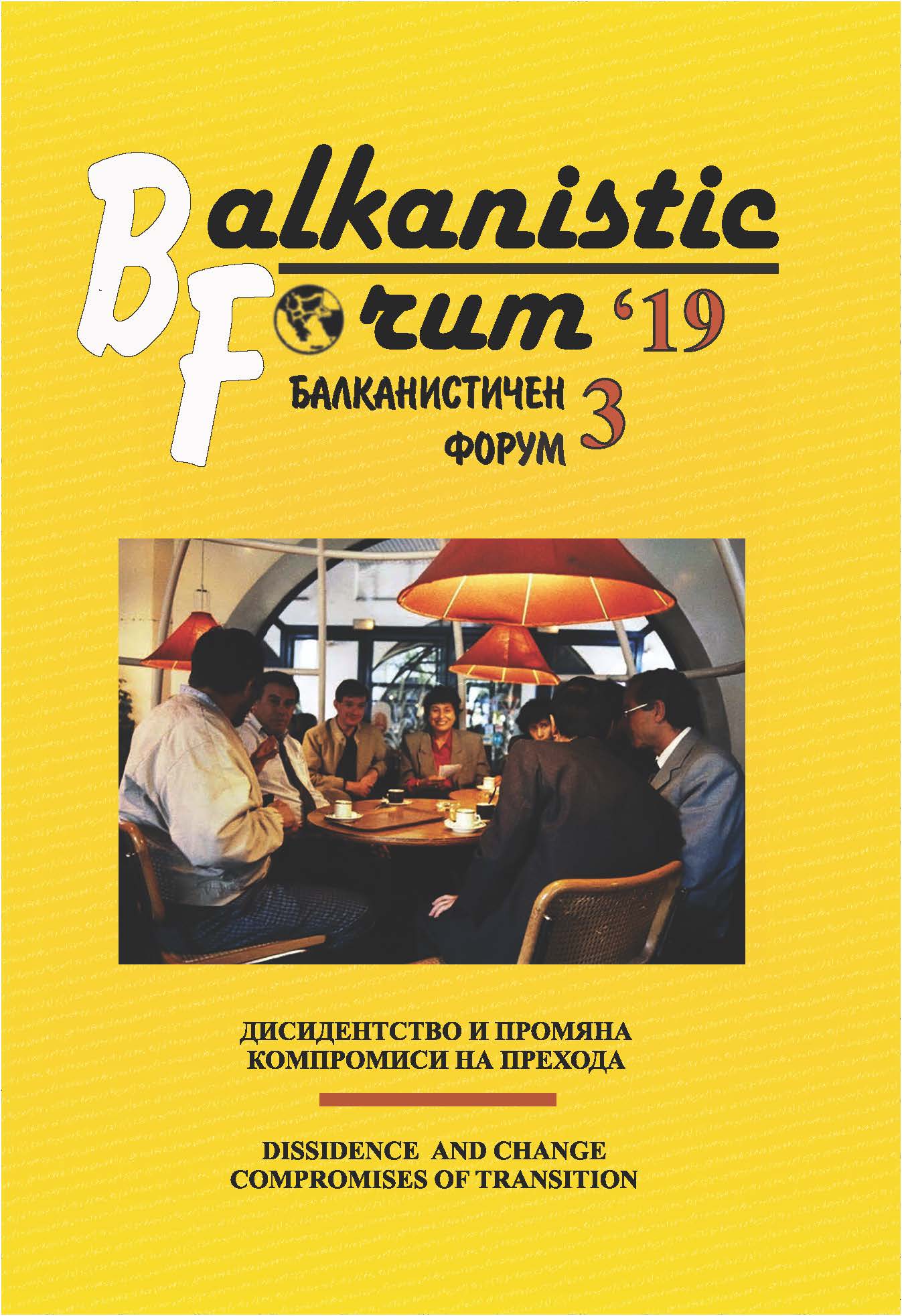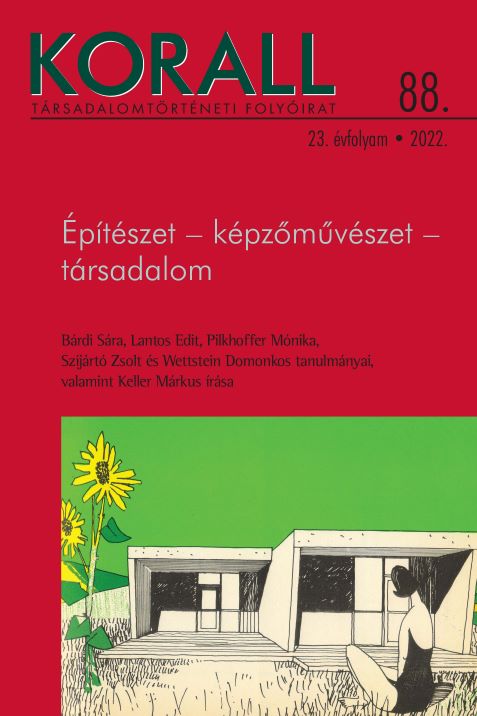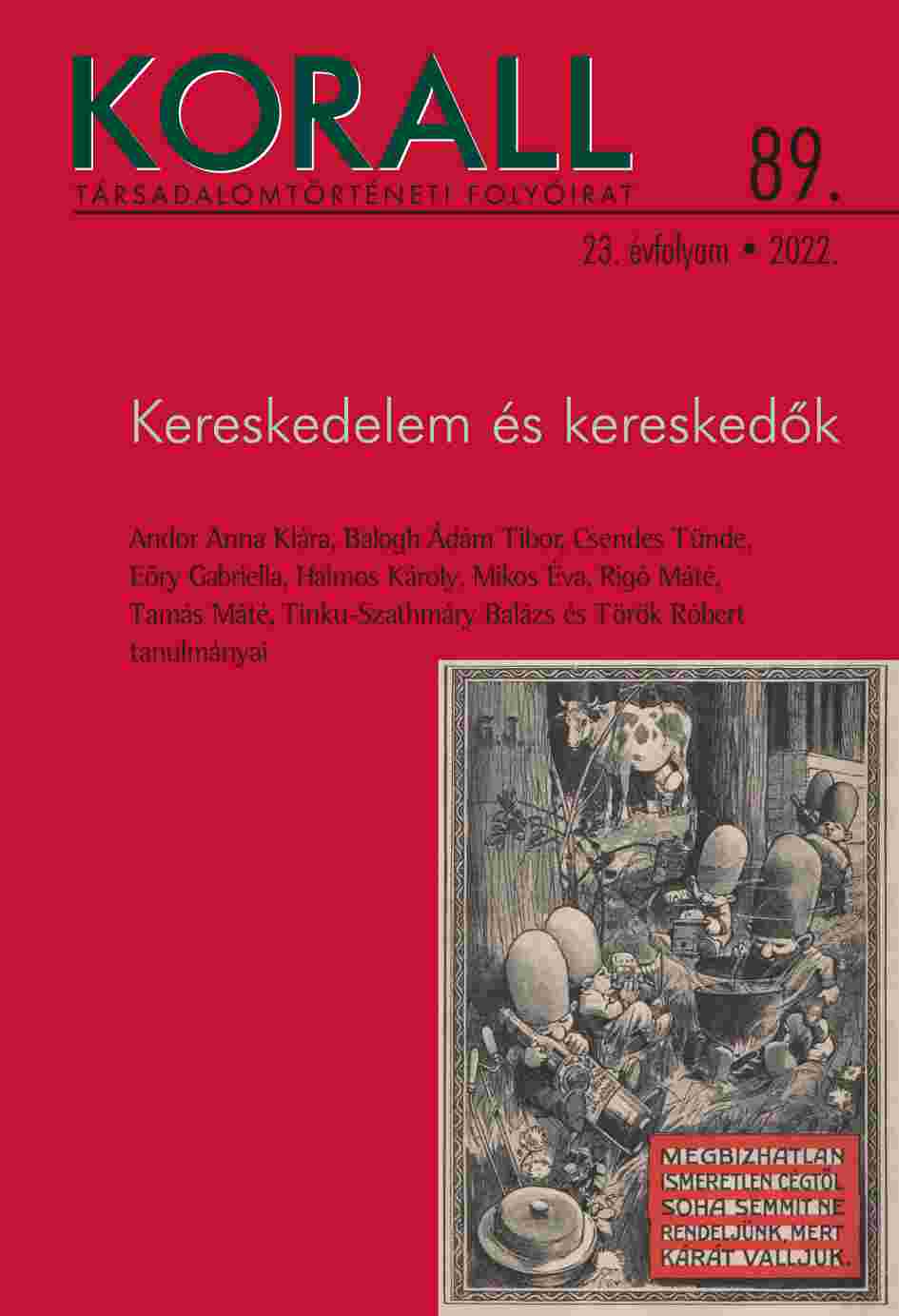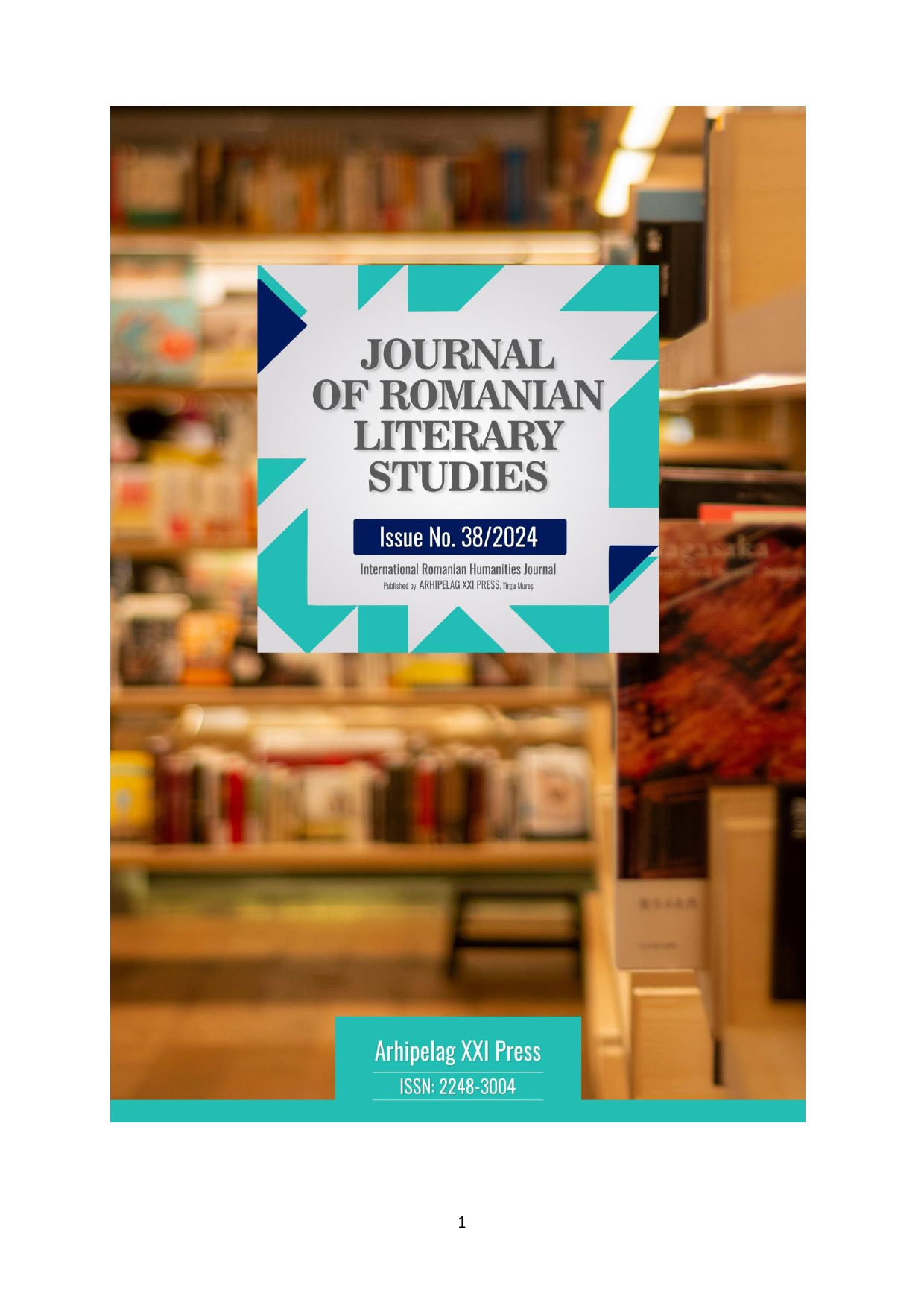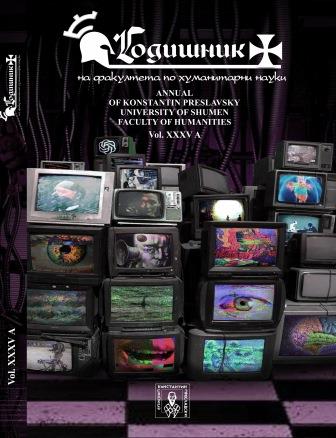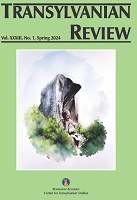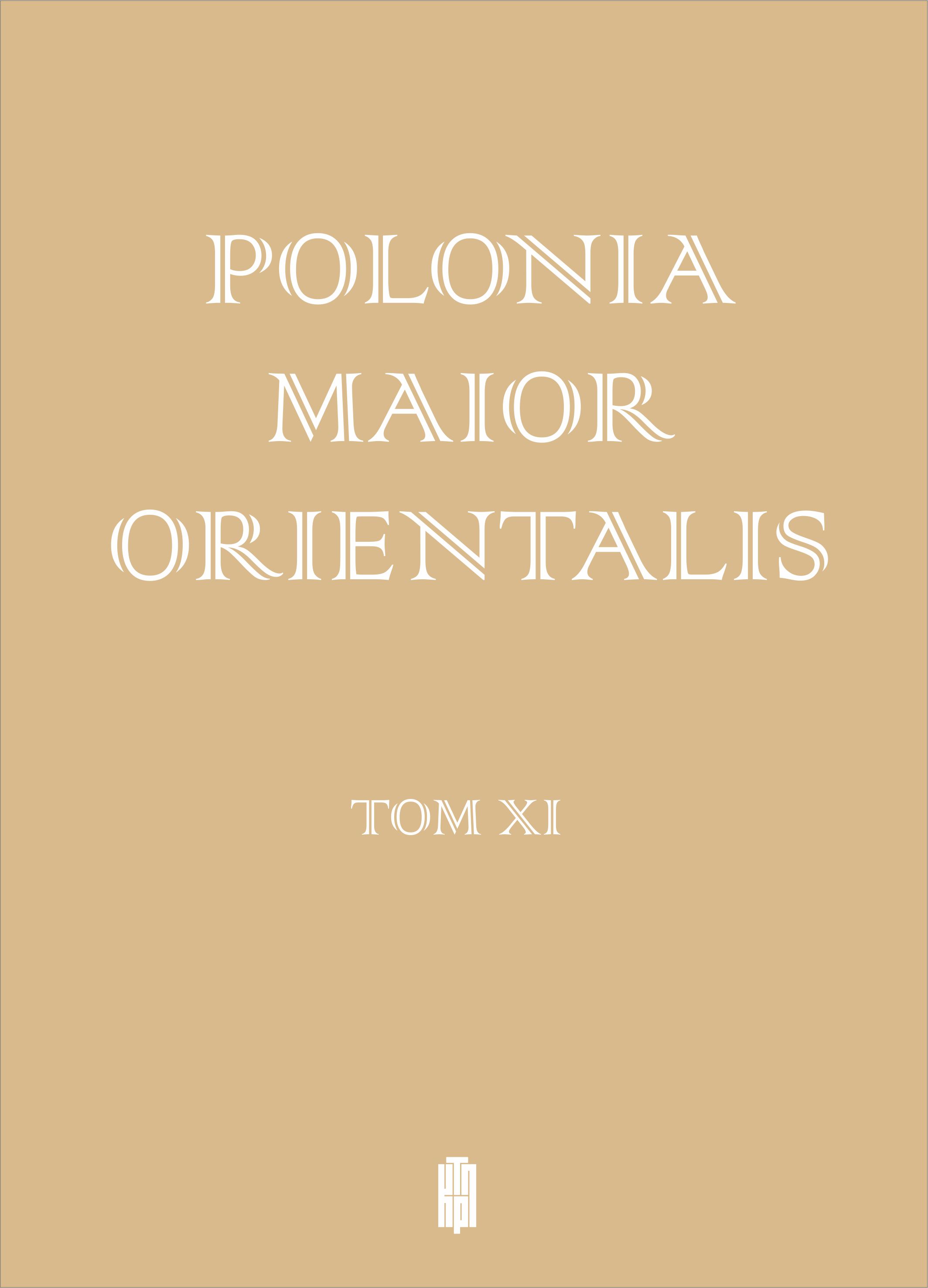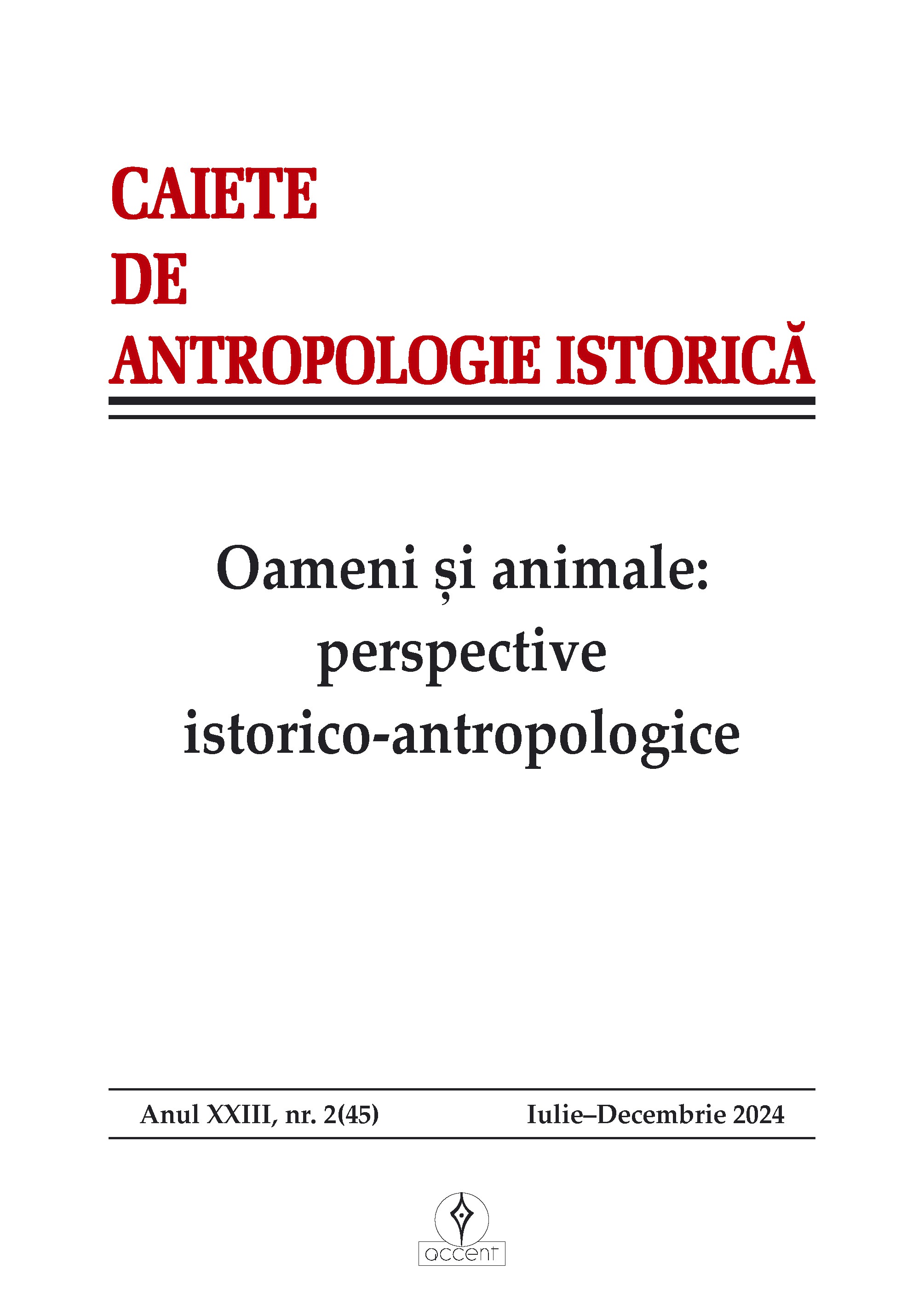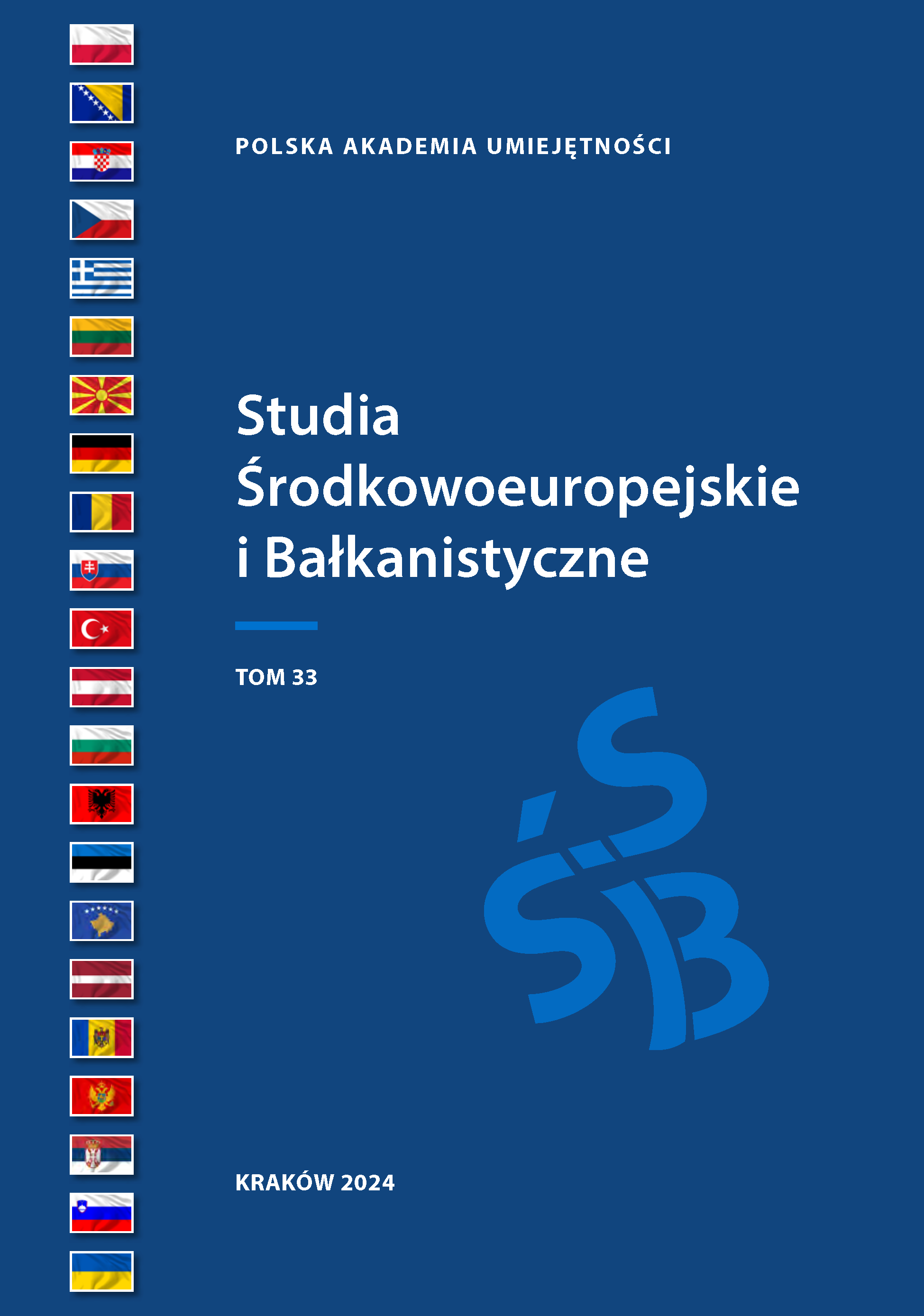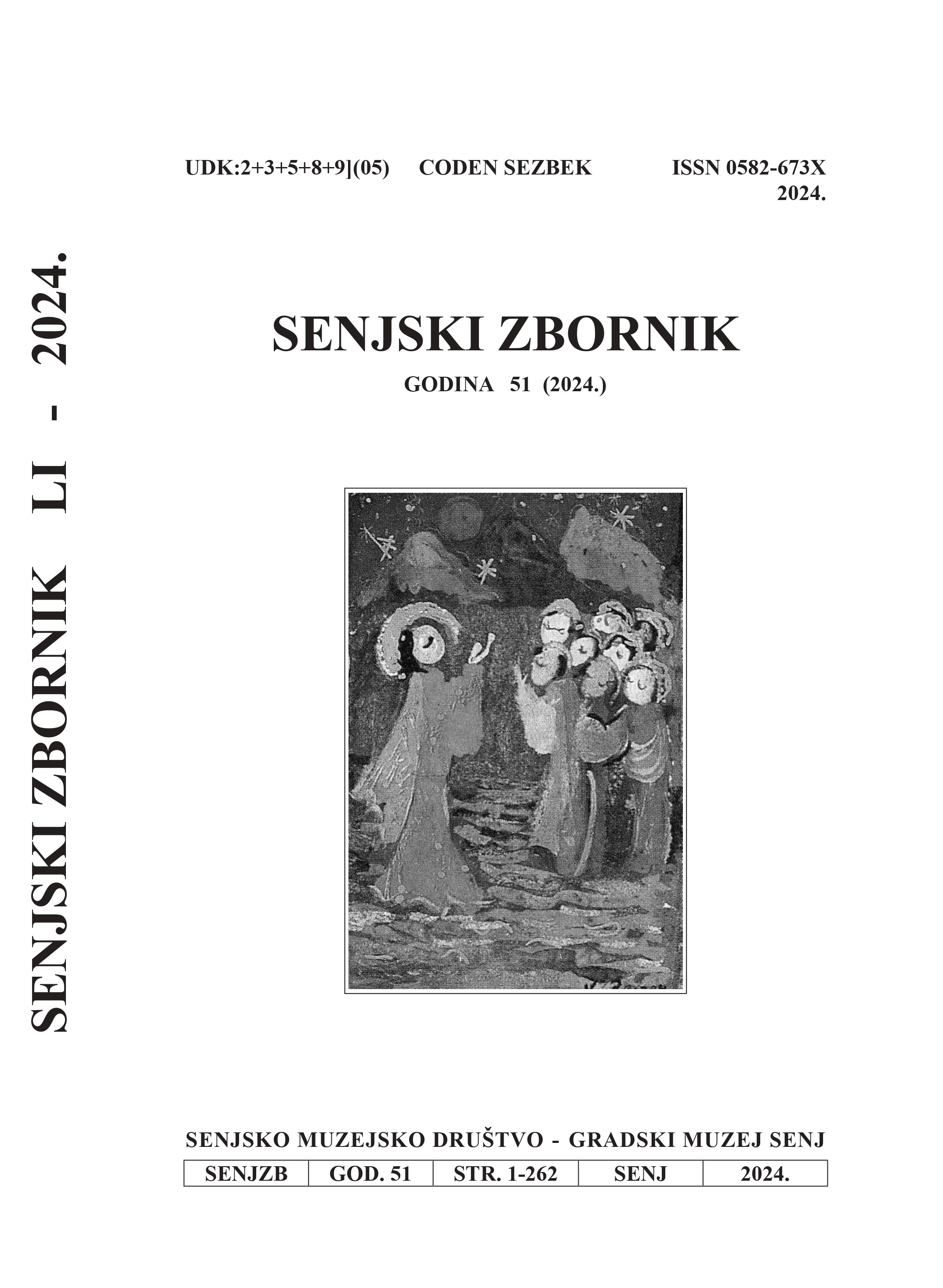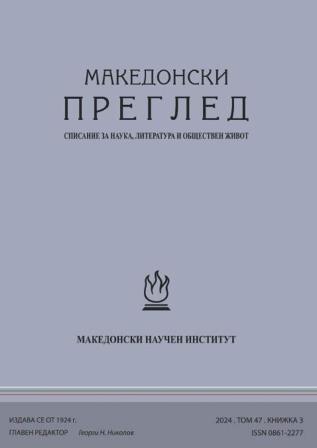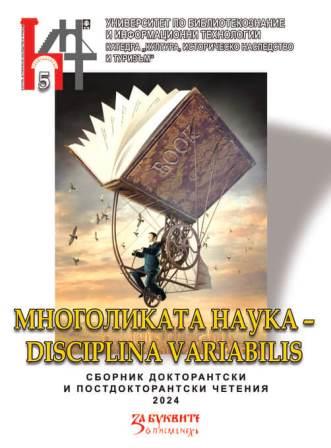Author(s): Ștefania Dinu / Language(s): Romanian
Issue: 45/2024
The Royal Family of Romania, much like the European royal families it branched out of, was always surrounded by pets of noble breeds, in particular dogs and horses. In the good old English royal tradition, Princess Marie and her sisters were taught horse riding from an early age, thus the presence of horses was a constant in their lives, this becoming a veritable passion as far as the Queen of Romania was concerned.After marrying the heir to the Romanian throne, Prince Ferdinand, on January 10th, 1893, Princess Marie settled down in Romania, but continued to be passionate about riding and was always accompanied by her favourite horses when she travelled between her own residences, or when taking trips around the country and abroad. The pages of Queen Marie’s famed diaries offer numerous descriptions of riding experiences, either alone, or accompanied by her children, Barbu Știrbey and other guests of the Palace. Queen Marie’s favourite horse was Grui-Sânger, a thoroughbred stallion, which was given to her in 1908 by the conservative politician Alexandru Marghiloman, who owned one of the largest stud houses in the country. Other horses mentioned by Queen Marie in her diaries were: Ardeal, Coconaș, Jumbo, Benjema, Kiralif, Austral, Virtus, Glandevon, Gwalia, Scapa Flow, Patriot, Berohan and so forth. All of these horses accompanied her throughout her life, being loyal friends with which she shared fond memories.In addition to her horses, Queen Marie and the other members of her family enjoyed the company of noble-breed dogs that brightened their everyday lives, and accompanied them during their travels. Queen Marie had a number of Borzoi dogs (Astra, Igor), as well as Cocker Spaniels. King Ferdinand was an erudite who spent most of his free time in the Cotroceni Palace library, surrounded by books, his herbariums, and two black cockers. Queen Marie often talks of her cockers as well: her dog Dana, Rock—which fell victim to a car accident, followed by Crag. The royal children were, much like their parents, animal lovers, each of them having their own pets. For example, Princess Elisabeth had a cocker spaniel called Dushka, while her sister Princess Mignon had a puppy of the same breed named Doodles.The loyal pets of the King and Queen of Greater Romania were important characters in their lives, often being photographed with their owners, printed on postcards, or being written about in letters and diaries.
More...
